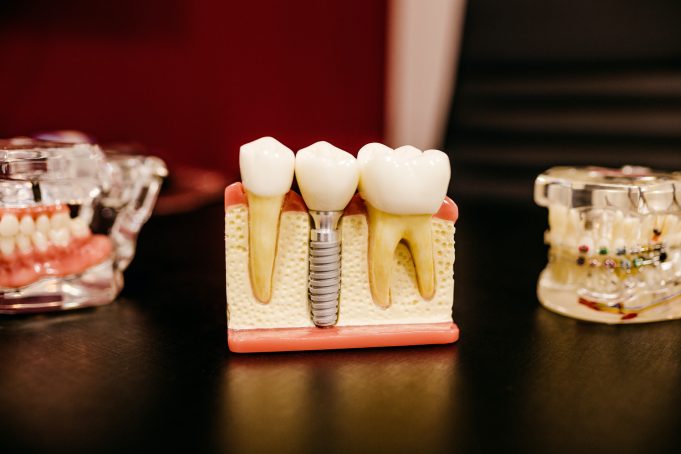Data warehousing plays a crucial role in the healthcare industry, including dental practices. It enables dental professionals to store, manage, and analyze patient data efficiently. However, with the increasing focus on data security and compliance, dental data warehousing must meet stringent standards to protect patient information and adhere to regulatory requirements. Let’s explore the key aspects of ensuring data security and compliance in dental data warehousing.
Data Security in Dental Data Warehousing
One of the fundamental measures to ensure data security is encryption. All data at rest and in transit should be encrypted. It means that data stored in the data warehouse and when transmitted between systems should be protected with strong encryption protocols. Encryption helps prevent unauthorized access and protects patient information from breaches.
Dental data warehouses should implement robust access control measures. Access should be restricted to authorized personnel only, and role-based access control should be in place. It ensures that employees can only access the data necessary for their specific roles, minimizing the risk of data leaks and unauthorized access.
Regular data backups are essential for data security. Dental practices should implement automated and frequent backup processes to ensure data availability in case of data loss or a security incident. These backups should also be securely stored and encrypted.
4. Intrusion Detection and Prevention:
Deploying intrusion detection and prevention systems can help identify and thwart potential security threats. These systems monitor network traffic, alerting administrators to any suspicious activities and taking preventive actions when necessary.
Dental practices must educate their staff about data security best practices. Human error is one of the leading causes of data breaches. Training programs can help employees recognize phishing attempts, avoid sharing sensitive information, and follow security protocols.
Conducting regular security audits and vulnerability assessments is critical to identify weaknesses in the data warehousing system. These audits should be performed by qualified professionals to ensure that the data warehousing infrastructure remains secure and compliant.
Compliance in Dental Data Warehousing
Dental practices must establish and follow data retention policies in accordance with regulatory requirements. These policies dictate how long patient records should be retained and when they can be securely destroyed. Adhering to these policies helps maintain compliance and minimize legal risks.
Obtaining patient consent is a critical component of data compliance. Dental practices should have a systematic approach to obtaining and managing patient consent for data use and sharing. Transparent communication with patients about how their data will be used is essential.
Maintaining comprehensive audit trails is essential for compliance. This includes tracking who accessed patient data, when, and for what purpose. It helps in demonstrating compliance with regulations and ensures transparency in data handling.
A well-defined data breach response plan is necessary in case of a security incident. Dental practices must be prepared to report breaches, notify affected individuals, and work to remediate any damage promptly. This is a regulatory requirement and demonstrates a commitment to data security.
Ensuring data security and compliance in dental data warehousing is of paramount importance. Dental practices are responsible for protecting patient information and complying with healthcare regulations. By implementing robust security measures, adhering to HIPAA and other relevant regulations, and having comprehensive data management policies in place, dental data warehousing can offer a secure and compliant environment for patient data, building trust and ensuring the best possible patient care. Dental professionals should continuously evaluate and enhance their data security and compliance strategies to stay ahead of evolving threats and regulations in the healthcare industry










